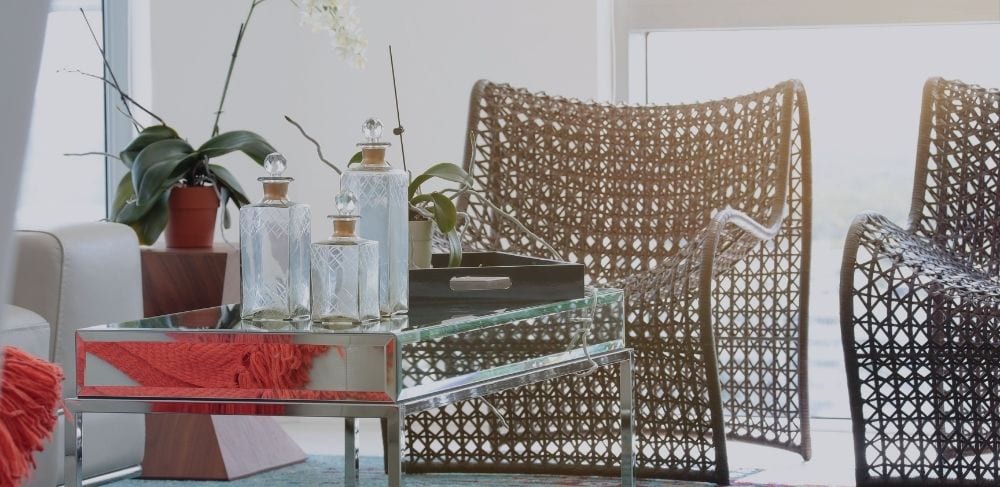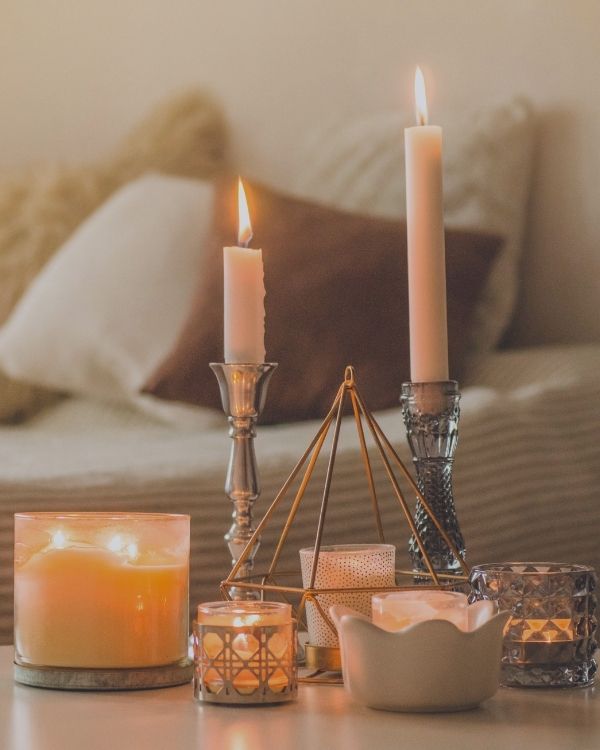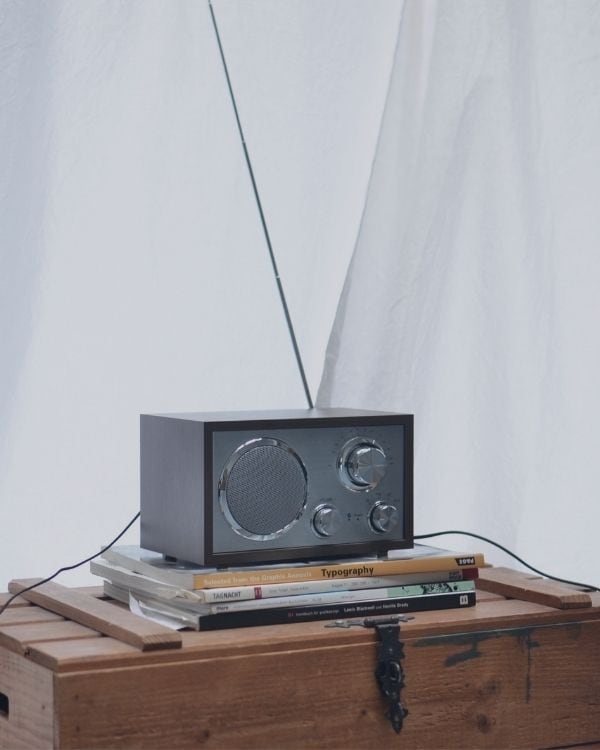How To Decorate Your Home In A 20th Century Style
The foundations of modern interior decoration were first presented in a magazine called House Beautiful. This journal opposed both the perpetuation of vulgar display and excessive ornamentation that characterized most of 19th century homes. Instead they were presenting them with clean lines and simple design for everyday living.
Form follows function
Between the world wars, modern design began with a focus on function. In response to growing population and houses becoming smaller in size due to changed lifestyles. Architects turned their attention towards space-saving built-in furniture that was initially designed for practical reasons but had become an important element of 20th century style.
An integral part of this period were radical simplified forms such as tubular steel or chrome displayed through sleek designs. This was made possible by revolutionary methods like mass production techniques which allowed both functionality & flair.

How this style came to America
In the wake of the World War, many European countries were reduced to poverty-stricken nations. To combat this spiritual and materialist decline, The Bauhaus Group sought out new ways for industry’s traditional techniques to be applied in order to meet society’s needs when it was poorest.
Functionalist design in Germany was slow to establish itself and hardly affected American design until its leaders found refuge overseas from Nazi oppression. In the mid 1930s, there were several events that lead this movement into public attention including an economic depression need for new stimuli as well as educational campaigns by MoMA (Museum of Modern Arts), Museum New York City. Also, during this time, Bauhaus teachings were reestablishing themselves at Institute Of Design Chicago, now known simply by “The Armour”.
The Functionalist movement was a time where people redefined what it means to live in the modern world. They mechanized, redistributed space with changeable furniture and fittings that could be used outdoors as well as inside. They eliminated formal barriers indoors, while decorating rooms differently based on their purpose!
Modern design has a long and complicated history. It all started with The Functionalist movement, which was an effort led by people who wanted to redefine what living in the modern world means. Mechanizing their homes, so they could change furniture pieces according to their needs.
Characteristics of a 20th century home decor, you should know about
Conservatory Finishing
What’s not to love about a boudoir or drawing room? These rooms offer the perfect balance of style and comfort, with all that beauty you can’t find anywhere else. The furniture has an old-world charm mixed in seamlessly alongside modern trends for added appeal.
The individuality that can be gained from a single piece of furniture depends on the person’s taste. For example, an item might trigger pleasant memories for someone who has been to Italy or Spain. There are also photos which have different resonances. These visual reminders serve not just the purpose of design, but als to take us back to emotional distant years with family.
Influence of the gathering era on home decorations
The quest to emulate the look of an old hous has led many individuals to collect furniture in an attempt at filling up their homes with memorabilia. The result is often overcrowding and lack of balance, as they fail miserably on any aesthetic sense whatsoever, which can be seen from every angle but one: this house was never meant for us!
The specimens of old patterns that we hold on our shelves today are not always the best or most suitable. As such, those collections where not always quality picks. So as a result you’ll find cheap made replicas instead taking up space where something more valuable would’ve fit better.
When people purchase furniture they need to consider not only the design and workmanship but also how much space it will take up in their home. When buying new items, make sure that whatever you choose allows plenty of room both now and down the road!

Timeless Furniture
Furniture designed during the Bauhaus period is considered timeless. In fact, many of these pieces are still being produced today!
They’re known as design classics because they’ve stood up to time so well and continue looking modern in contemporary interiors. It’s safe to say that these will be around for years more if not decades.
Designers get access through a license, which ensures quality control.

The Eclectic Style
Art Deco, one of the most iconic styles from 20th century design, is an eclectic style that combines traditional craft motifs with machine age images and materials. Furniture was predominantly made out of wood or leather. It also often featured lavishly decorated features such as sunbursts for extra flair to make your room stand-out in today’s modern world!
Innovators took what they had learned before World War I (Art Nouveau) and applied these influences during a time when industrialization meant more than just machinery. It created new wealth on its own through ingenuity, which led designers back into tradition while incorporating futuristic technologies.
Conclusion: History is part of what we have today!
The pieces created during this time will continue to remind us of the extraordinary human history that was the 1920s. With these thoughts in mind, I hope you had fun with our little trip down the memory lane and got carried away imagining life back then!





